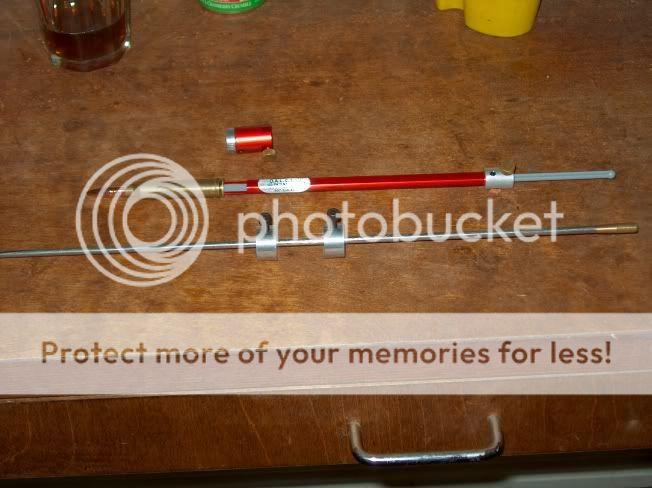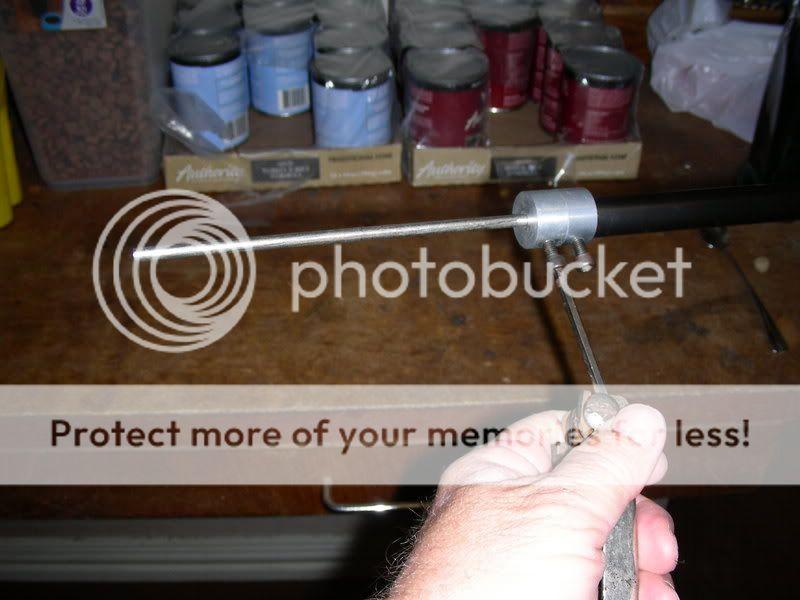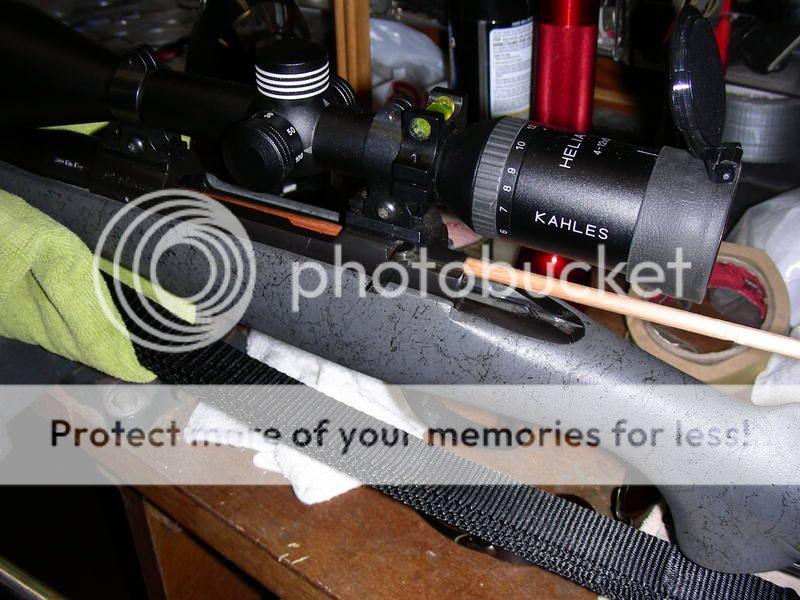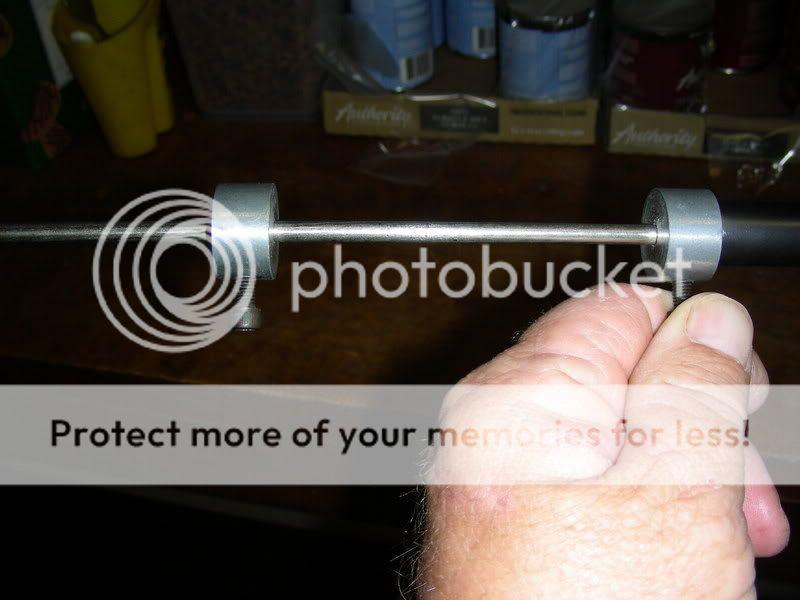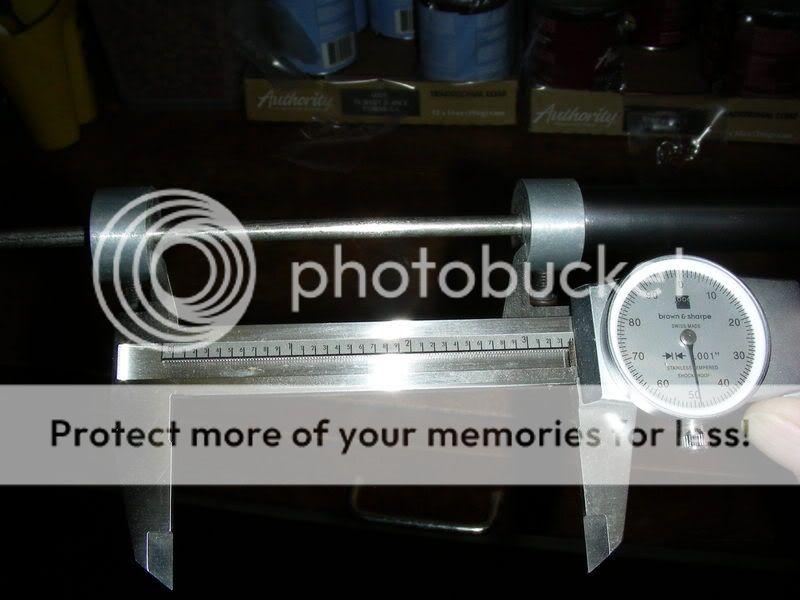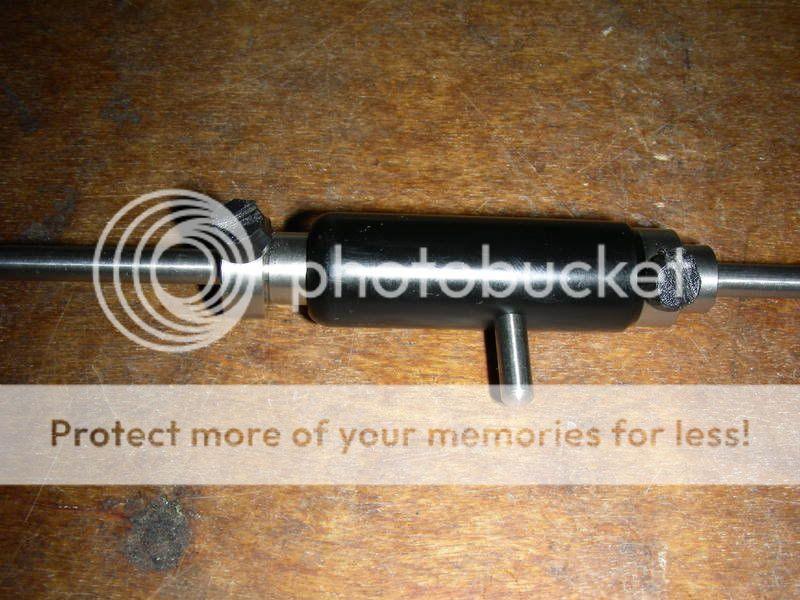I re-size a fired case and seat a bullet pretty long. Longer than the COL recommended by the manual. No primer. Then I gently place the round in the chamber and see where it stops. If the round is fully chambered then I unseat the bullet a little. Most of the time I can just use a bullet puller and tap it once or twice. I am looking for the round to be about 3/16" - 1/8" from being fully chambered. Once I get there I close the bolt on the round (When I first started using this method I would seat it real long and "force it" but I was running the risk of sticking the bullet in the chamber. It never happened but this way made more sense so that's what I do now.)
I extract the bullet and look at it with a lighted magnifier. I can always see the land marks on the ogive of the bullet. I use a dial caliper to do a rough measurement of how much more I need to seat the bullet to be on the lands and subtract about .010 from that. I use micrometer seating dies so it's a matter of dialing in the additional depth, minus about .001 because of occasional backlash errors. I seat the bullet. I coat the ogive area of the bullet with a black (large) sharpie, let it dry, and re-chamber the round. From this point I usually have .020 - .030 to go so I make a .010 seating adjustment, mark, re-chamber, and check. I'm looking for a slight mark from the lands on the black part of the bullet. Once I get that or nothing I stop. By this time I'm make .001 adjustments so if I don't have a mark I know that I am very close. The case / bullet combo is left in the Mic box for future use
Once I have a bullet loaded to the lands I use an RCBS MIC gauge to record the length on a sheet that I keep in my MIC box. I do this for every bullet that I load for that caliber however I will say that Sierra and Berger are pretty consistent with the length from bullet base to ogive. Not the same between manufacturer but between the bullet weights that I've checked. BTW- OAL is pretty much a worthless baseline measurement for this IMHO. The MIC gauge doesn't care where the tip of the bullet is and neither do I. I guess if it's all you've got then it's better than nothing.
Once I have a MIC reading for touching the lands it's a simple matter of subtracting how far off the lands that I want to be from the baseline reading.
For instance- my 7 mag with 168gr and 180gr Berger bullets mics at .035 when touching the lands. So to load .010, .020, .030, and .040 off of the lands for a ladder test (or whatever) all I do is seat until my Mic reads:
.035 - .010 = +.025 for .010 off of the lands
.035 - .020 = +.015 for .020 off of the lands
.035 - .030 = +.005 for .030 off of the lands
.035 - .040 = - .005 for .040 off of the lands
I've got the lock and load tool and the mic gauge comes with a dummy bullet. I adopted the method that I use because I wasn't happy with the inconsistency I was getting with the lock and load not to mention the fact that it's an OAL device and the measurement we are looking for is the distance from the ogive of the bullet to the lands. The dummy bullet that comes with the MIC is even worse... it's not even a real world bullet.
Don't forget that as you fire ammo you are slowly changing the distance (increasing) so it's a good idea to check it from time to time.
 Help Support Long Range Hunting Forum
Help Support Long Range Hunting Forum
